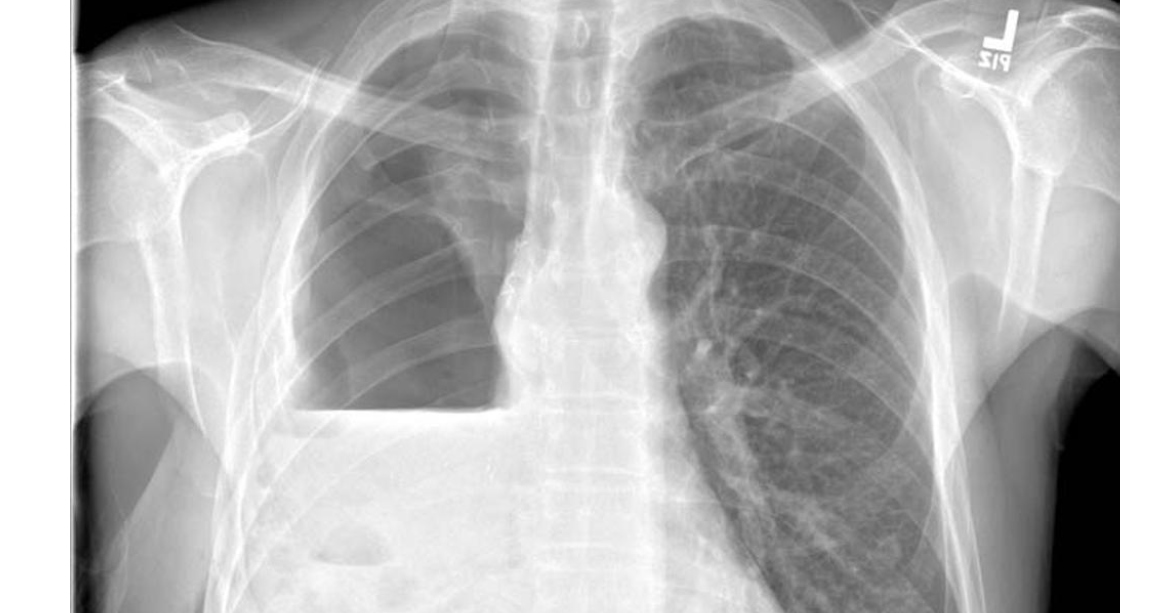
Bronchopleural fistula is a major health complication that affects your bronchial and pleural space. The issue can prove to be fatal if not treated on time. We offer the most holistic diagnosis and bronchopleural fistula treatment in Gurgaon, Delhi to help our patients recover in the best way possible. With state-of-the-art equipment used by experienced healthcare professionals, we strive to get you back to your healthy life.
The bronchopleural fistula is a sinus tract (passageway) that takes shape between your bronchi (large passageways between your lungs) and your pleural cavity (the space between the membranes of your lungs). It is a serious health complication caused mainly as a result of lung cancer surgery. It may also result after radiotherapy, chemotherapy, or simply an infection.
Bronchopleural fistula treatment involves repairing the fistula with endoscopy, open chest surgery, or bronchoscopy.
Here are some of the major factors that result in bronchopleural fistula:
This is the most common cause of bronchopleural fistula. Most cases of this health issue arise due to the removal of the patient’s lung (or a part of their lung), a procedure known as pulmonary resection. It is more likely to occur due to complete lung removal than procedures like lobectomy or wedge resection. Moreover, the issue is more common with patients who have had right-sided lung surgery.
Infections around your bronchi and pleural cavity also result in the bronchopleural fistula. Patients suffering from a type of pneumonia are most susceptible to the issue as it involves the breakdown of the lung tissue.
Persistent spontaneous pneumothorax refers to a collapsed lung that does not show signs of going back to normal.
For patients seeking lung cancer treatment, chemotherapy or radiotherapy may damage their lung cells, the healing of which may eventually lead to the formation of the fistula.

Bronchopleural fistula is not a common disease as it usually affects patients who have had lung cancer treatments done. Recent studies show that 1.5% to 28% of surgeries involving lung removal result in the bronchopleural fistula. It is more likely to occur after extensive surgeries and is most common after a right-sided pneumonectomy.
It is also common in patients who require mechanical ventilation after surgeries or high doses of radiation before surgeries. In most cases, a bronchopleural fistula is developed one or two weeks after the patient undergoes surgery.
Bronchopleural fistula often does not cause any symptoms. In many cases, it is diagnosed in asymptomatic patients after conducting an imaging study that reveals air leaks. When a passageway like a bronchopleural fistula occurs, the air you breathe into your lungs travels through this passageway and enters your pleural cavity.
Even if the patient experiences some symptoms, they are often dismissed as symptoms following lung infections or surgeries. These symptoms include persistent cough, shortness of breath, and coughing up blood. The patient’s cough may also accompany the production of a clear to pink, frothy liquid when the fistula appears within a couple of weeks of surgery.
Doctors often diagnose bronchopleural fistula on the basis of radiological findings. A CT scan is the most common diagnostic test recommended by doctors to check the level of air or fluid in the pleural space.
Doctors diagnose bronchopleural fistula when the patient’s chest tube is unable to be removed after lung surgery, mainly because of persistent air leaks. There may also be continuous bubbling, or the air leak may be present only during expiration or inspiration.
The bronchopleural fistula treatment mainly consists of three steps, which are separate surgical procedures. The first step involved draining the fluid accumulated into the pleural cavity because of the fistula.
Once the fluid is drained, the next step involves repairing the fistula to restore normalcy. Once the fistula is repaired, the final step involves getting rid of the pleural cavity to avoid further fluid accumulation. Doctors perform a procedure called pleurodesis, which involves placing an irritating chemical between the pleural membranes, causing them to scar together. This obliterates the pleural space and cures the patient.
Doctors may perform a bronchopleural fistula surgery, endoscopy, or bronchoscopy to repair the fistula. According to recent studies, endoscopic procedures have proven to be safer and more effective for most patients suffering from bronchopleural fistula.
Irrespective of the procedure a doctor follows, it is important to drain the fluid accumulated in the pleural space using a thoracentesis or by maintaining a chest tube. Intravenous antibiotics are equally important in bronchopleural fistula treatment.
Doctors may prefer performing surgery to close the fistula and make the treatment more sustainable. During bronchoscopy, the doctor accesses your fistula and inserts glues and sealants to close the passageway. These chemicals lead to the inflammation of your fistula, leading to its scarring and ultimate closure. This glues the abnormal passageway shut and helps you restore your health. Unless ignored and rendered untreated for too long, bronchopleural fistula treatment is usually safe and effective for the patients.
Copyright 2025 © Dr .Parveen Yadav all rights reserved.
Proudly Scaled by Public Media Solution!